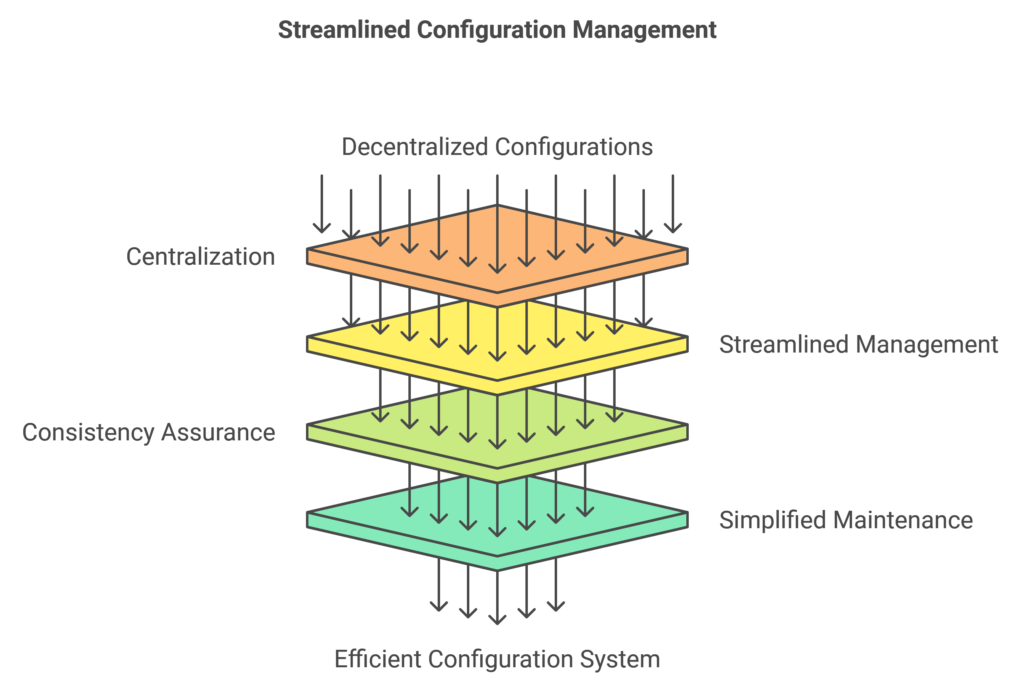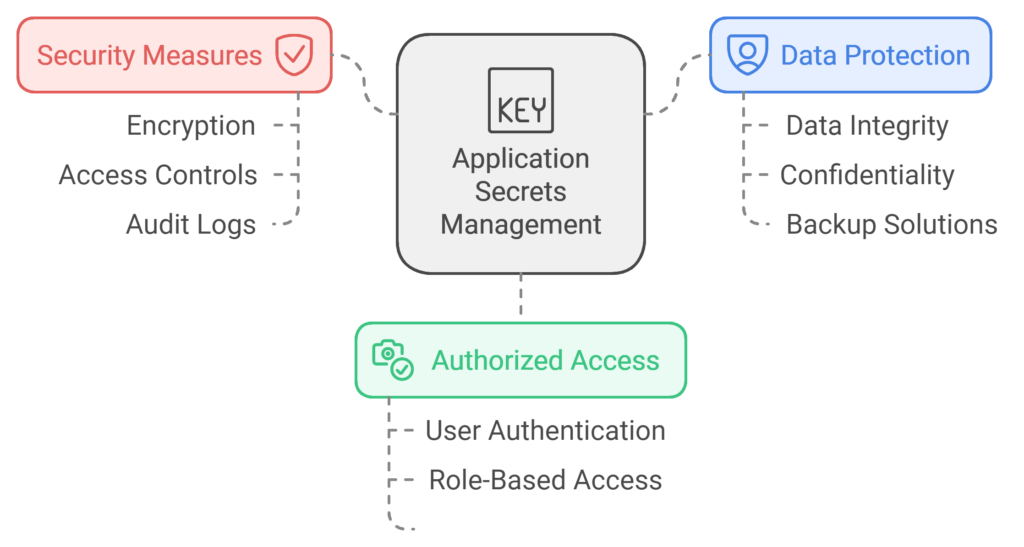In the ever-evolving world of cloud computing, managing configuration settings and secrets can feel like walking a tightrope. Enter AWS SSM Parameter Store – your secret weapon for secure, centralized configuration management! 🚀
What is AWS SSM Parameter Store? 🤔
AWS Systems Manager Parameter Store is a powerful cloud service that allows you to store, organize, and securely manage your configuration data and secrets. Think of it as a secure digital vault for all your application configurations, database connection strings, API keys, and other sensitive information.
Key Benefits 💡
- Enhanced Security: Encrypt sensitive data at rest
- Centralized Management: Store parameters in one place
- Easy Integration: Works seamlessly with AWS services
- Cost-Effective: Free for standard parameters
- Hierarchical Storage: Organize parameters in logical structures
How Does Parameter Store Work? 🛠️
Imagine you’re building a complex application with multiple environments. Instead of hardcoding configurations or spreading them across different files, Parameter Store lets you:
- Create parameters with unique names
- Choose between plain text or encrypted values
- Set different access levels
- Retrieve parameters dynamically at runtime
Real-World Example 🌍
Let’s say you’re developing a web application with different database configurations for development, staging, and production:
# Without Parameter Store
DATABASE_URL = "postgresql://user:password@localhost/devdb"
# With Parameter Store
import boto3
ssm = boto3.client('ssm')
response = ssm.get_parameter(
Name='/myapp/database/connection-string',
WithDecryption=True
)
DATABASE_URL = response['Parameter']['Value']Types of Parameters 📋
1. String Parameters
Simple key-value pairs for non-sensitive configuration data.
Example:
/myapp/feature-flags/dark-mode/myapp/environment/timeout-seconds
2. SecureString Parameters
Encrypted parameters for sensitive information like:
- Database passwords
- API keys
- OAuth tokens
3. StringList Parameters
Store multiple values in a single parameter, great for:
- Allowed IP addresses
- Feature toggle configurations
Best Practices 🏆
- Use Hierarchical Naming
/organization/application/environment/parameter-name- Example:
/company/webstore/prod/database-password
- Implement Least Privilege
- Use IAM roles to restrict parameter access
- Only grant permissions needed for specific services
- Rotate Secrets Regularly
- Set up automatic secret rotation
- Use AWS Secrets Manager for advanced rotation capabilities
Integration with Other AWS Services 🔗
Parameter Store plays beautifully with:
- AWS Lambda
- Amazon ECS
- AWS CodeBuild
- Amazon EC2
- AWS CloudFormation
Cost Considerations 💰
- Standard Parameters: Free (up to 10,000 parameters)
- Advanced Parameters: Small monthly cost
- Data Transfer: Standard AWS data transfer rates apply
Common Use Cases 🚀
1. Microservices Configuration
Centralize configuration across multiple services and environments.

2. CI/CD Pipelines
Dynamically inject configuration during deployment.

3. Application Secrets Management
Securely store and retrieve sensitive information.

Hands-on Example: Creating a Parameter 🖥️
Using AWS CLI:
# Create a standard string parameter
aws ssm put-parameter \
--name "/myapp/database/username" \
--value "admin_user" \
--type String
# Create an encrypted parameter
aws ssm put-parameter \
--name "/myapp/database/password" \
--value "super-secret-password" \
--type SecureStringFrequently Asked Questions (FAQs) ❓
Q1: How is Parameter Store different from Secrets Manager?
- Parameter Store: Free for standard parameters, basic encryption
- Secrets Manager: Advanced features, automatic rotation, higher cost
Q2: Can I use Parameter Store across AWS accounts?
A: Yes, using AWS Organizations and cross-account IAM roles.
Q3: How many parameters can I store?
- Standard Tier: 10,000 parameters (free)
- Advanced Tier: Unlimited parameters (paid)
Q4: Is data encrypted?
A: Yes! SecureString parameters are encrypted using AWS KMS.
Q5: Can I version my parameters?
A: While Parameter Store doesn’t offer native versioning, you can implement version tracking in your naming convention.
Final Thoughts 🌈
AWS SSM Parameter Store isn’t just a tool – it’s a game-changer for cloud configuration management. By centralizing and securing your parameters, you’re not just managing configurations; you’re building a more robust, secure, and scalable infrastructure.
Pro Tip: Start small, migrate gradually, and watch your configuration management transform! 🚀
Ready to level up your AWS game? Dive into Parameter Store and never look back! 💪
Next: Unlock the Power of AWS Lambda Concurrency for Effortless, Scalable Success🚀







